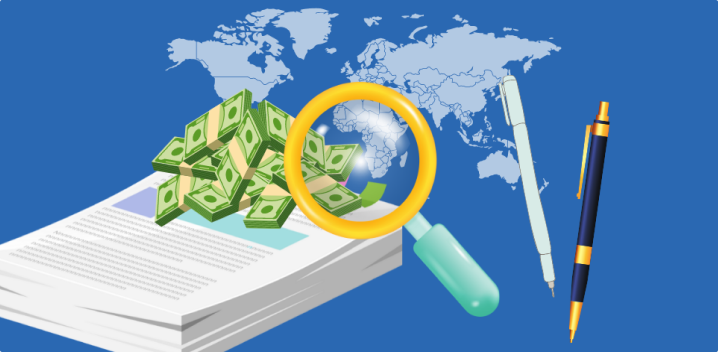Content
Receiving your credit card statement via email or mail is a small deal. However, taking time each billing cycle to review the key sections carefully creates pivotal financial transparency that pays dividends. This article will guide you on what insights good statement analysis unlocks to optimize account habits, capitalise on perks, spot errors early, and avoid credit score pitfalls.
More Articles to Explore
- Difference between NSDL and CDSL
- Lowest brokerage charges in India for online trading
- How to find your demat account number using PAN card
- What are bonus shares and how do they work?
- How to transfer shares from one demat account to another?
- What is BO ID?
- Open demat account without a PAN card - a complete guide
- What are DP charges?
- What is DP ID in a demat account
- How to transfer money from demat account to bank account
Disclaimer: Investment in securities market are subject to market risks, read all the related documents carefully before investing. For detailed disclaimer please Click here.
Frequently Asked Questions
CR indicates a credit or money credited into/refunded to your account balance, temporarily increasing your overall net credit limit. Typical CR transactions include refunds from returned purchases, promotional account credits, sign-up bonuses, and cashback or point rewards. These credit your balance rather than deduct from it like debits from purchases do.
Debits (often labeled DR) refer to charges deducted from your total account credit, adding to the money owed. Purchases, fees, and interest accruals qualify as debits, reducing your available credit. Credits (CR) conversely reflect money added to your balance, giving you more temporary credit to utilize before hitting card limits. Credited amounts can stem from returned goods refunded, promotional offers, account bonuses, and earned reward payouts.
The statement period refers to the specific timeframe when all account activity summarized on the monthly statement occurred. Often spanning one calendar month, statement periods close around the same day of each month but can vary by issuer. The opening and closing dates marking the start and end boundaries of the full statement cycle are noted on each statement for reference. New statement cycles pick up where the last left off.




